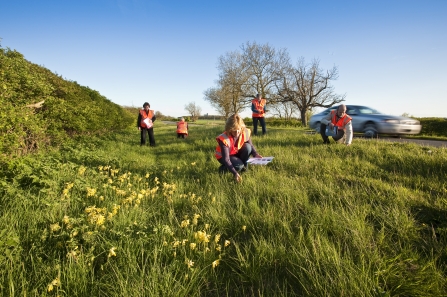The Wildlife Trust and other conservation groups, charitable, voluntary and statutory, do a fantastic job of preserving and restoring natural habitats with the resources they have. However, these reserves are often islands in the middle of our urban and agricultural areas.
Communities of plants and animals become vulnerable to disruptions such as disease, predation or hazards, natural or man-made. Once a species is gone it is not only hard to replace, its loss will negatively affect all the other species that rely on it for food, shelter or to keep their own predators at bay.
We need to find a way of connecting the spaces containing the collections of these species so that stocks can be replenished after a disturbance.


